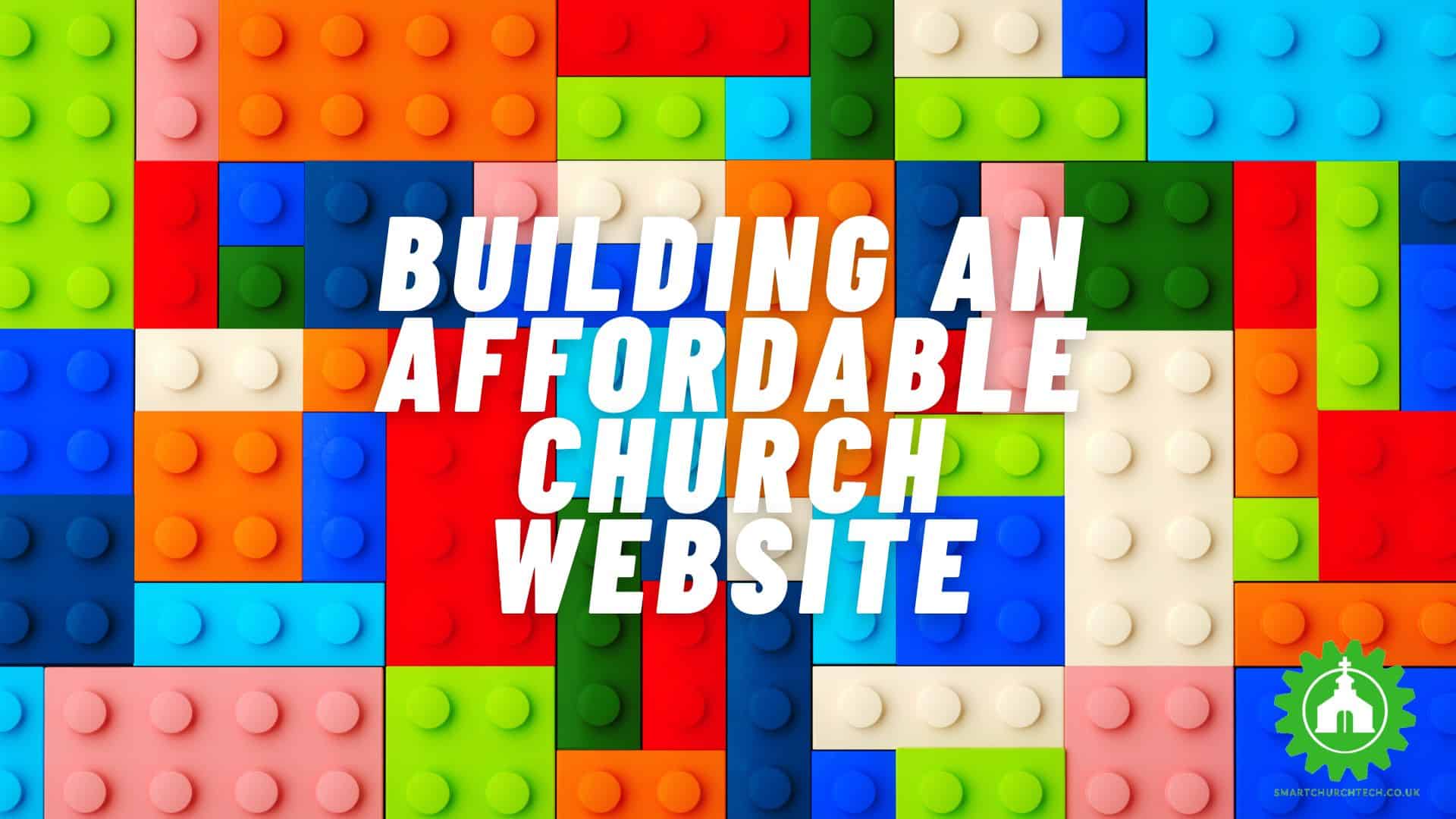As we continue to bridge the gap between the church and technology, one of the most effective tools we can employ is a church website. A website is like a digital home for your church, offering a space for members and potential visitors to learn about your mission, events, services, and community activities.
However, when faced with the thought of creating a website, many may feel overwhelmed, especially those with limited experience with web technologies. Fret not! Today, we’ll walk through how to build an affordable website for your church.
Step 1: Define Your Website’s Purpose
Before diving into the technicalities, ask yourself: “What purpose will our church website serve?” Will it be a hub for information? A place for live streaming services? An avenue for online tithing? This clarity will guide your decisions throughout the process.
A simple one-page website might suffice if all you need is a way to provide basic information like location, contact details, and service times. On the other hand, a multi-page website with features such as blogs and social media links might be more suitable for churches that regularly offer classes or special events.
Step 2: Find a Domain Name & Hosting Provider
Once you have a clearer vision of your website’s purpose, the next step is to purchase a domain name and hosting provider. The domain name will be the URL (e.g., www.examplechurch.com) that visitors type in their web browser to access your site.
Hosting providers are companies that provide space for your website on their servers. When choosing a hosting provider, consider the company’s reputation and customer support, as well as their pricing structure, storage space and bandwidth.
Read this article about choosing a church domain name.
Step 3: Choose a Content Management System (CMS) or Website Builder
Once you have chosen your domain name and hosting provider, it’s time to select a CMS. A CMS is software that enables you to easily create and customize the content on your website. Popular CMSs include WordPress, Joomla, and Drupal.
Alternatively, if you would like an easier way to build a church website without coding knowledge, consider using website builder software. There are several user-friendly website builders out there that offer affordable plans. These platforms provide templates and easy-to-use tools that can help you create a professional-looking website with no coding skills required. Some popular options include:
- Wix: Known for its easy-to-use interface and flexibility.
- Weebly: Offers a range of features, including donation tools, which can be beneficial for churches.
- Squarespace: Provides beautiful templates that could help your church create an aesthetically pleasing website.
Step 3: Select a Template
Both CMS and website builders offer a variety of templates, which are like the layout or blueprint of your website. Choose one that resonates with your church’s style and mission. Remember, simplicity is key. You want a clean, easy-to-navigate website that visitors will find inviting and straightforward.
Don’t pick a garish colour scheme and hope people enjoy it – choose something in-line with your church mission and any existing designs you use.
Step 4: Customize Your Site
Once you’ve chosen a template, it’s time to make it yours. Add your church logo, choose colors that align with your church’s brand, and upload relevant images. Most importantly, ensure that the information about your church—service times, location, contact details—is clearly visible.
Step 5: Create Essential Pages
There are a few key pages that every church website should have:
- Home: This is the first page visitors see. Make it welcoming and informative.
- About Us: Here, share your church’s mission, vision, and values.
- Services: List your service times and provide information on what to expect.
- Contact Us: Include your address, phone number, email, and a contact form.
- Events or News: Keep your congregation updated with upcoming events or news.
- Online Giving: This is where members can tithe or donate to your church online.
Step 6: Add Content & Promote Your Church Website
Once you have chosen your CMS or builder and template, you’re ready to begin adding content. Begin by filling in basic information such as the ideas listed in step 5, but don’t forget to add more personality.
To make your church website stand out, create content that is relevant to your church’s mission and values. This could include blog posts or articles about your faith, sermon recordings, Bible studies, devotional materials, or inspirational messages.
Step 7: Publish & Maintain Your Website
Once you’re satisfied with your site, hit “publish”! However, remember that a website is not a “set it and forget it” tool. Regularly update it with new information, sermons, and event updates. This keeps your congregation engaged and informed.
Finally, promote your site by sharing links to it on social media, in emails and newsletters, or in church bulletins.
Building a website for your church doesn’t have to be daunting or expensive. With the right tools and a little patience, you can create a wonderful digital home for your congregation. Embrace this opportunity to extend your ministry’s reach, and remember: even in this digital age, the message remains the same, only the medium changes.

